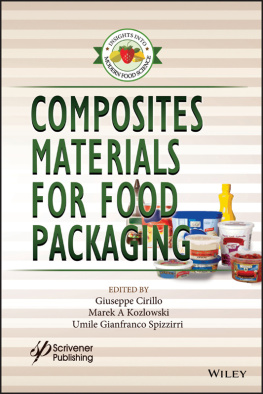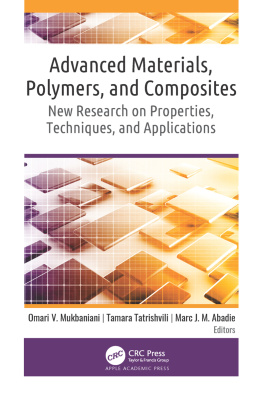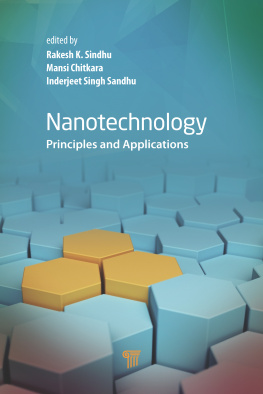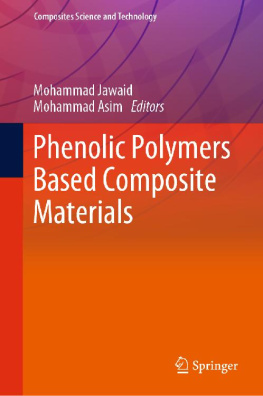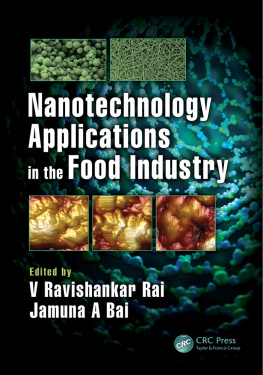
Contents
Guide
List of Illustrations
- Chapter 1
- Chapter 2
- Chapter 3
- Chapter 4
- Chapter 5
- Chapter 6
- Chapter 9
- Chapter 10
- Chapter 11
- Chapter 12
List of Tables
- Chapter 1
- Chapter 2
- Chapter 4
- Chapter 4
- Chapter 5
- Chapter 7
- Chapter 9
- Chapter 10
- Chapter 11
- Chapter 12
- Chapter 13
Pages
Scrivener Publishing
100 Cummings Center, Suite 541J
Beverly, MA 01915-6106
Insights into Modern Food Science
The book series examines how modern society effects food science and it is intended to be an encyclopedic knowledge base correlating the challenges of the XXI century to food science. The series will have five main themes: Food Production; Food Safety; Food and Health; Food Packaging; Food and the Law.
Series Editor: Giuseppe Cirillo
Department of Pharmacy, Health and Nutritional Sciences, University of Calabria, Arcavacata di Rende (CS), Italy
E-mail:
People are encouraged to submit proposals to the series editor.
Publishers at Scrivener
Martin Scrivener ()
Phillip Carmical ()
Composites Materials for Food Packaging
Edited by
Giuseppe Cirillo, Marek A. Kozlowski and Umile Gianfranco Spizzirri
This edition first published 2018 by John Wiley & Sons, Inc., 111 River Street, Hoboken, NJ 07030, USA and Scrivener Publishing LLC, 100 Cummings Center, Suite 541J, Beverly, MA 01915, USA
2018 Scrivener Publishing LLC
For more information about Scrivener publications please visit www.scrivenerpublishing.com.
All rights reserved No part of this publication may be reproduced, stored in a retrieval system, or transmitted, in any form or by any means, electronic, mechanical, photocopying, recording, or otherwise, except as permitted by law Advice on how to obtain permission to reuse material from this title is available at http://www.wiley.com/go/permissions.
Wiley Global Headquarters
111 River Street, Hoboken, NJ 07030, USA
For details of our global editorial offices, customer services, and more information about Wiley products visit us at www.wiley.com.
Limit of Liability/Disclaimer of Warranty
While the publisher and authors have used their best efforts in preparing this work, they make no representations or warranties with respect to the accuracy or completeness of the contents of this work and specifically disclaim all warranties, including without limitation any implied warranties of merchantability or fitness for a particular purpose. No warranty may be created or extended by sales representatives, written sales materials, or promotional statements for this work. The fact that an organization, website, or product is referred to in this work as a citation and/or potential source of further information does not mean that the publisher and authors endorse the information or services the organization, website, or product may provide or recommendations it may make. This work is sold with the understanding that the publisher is not engaged in rendering professional services. The advice and strategies contained herein may not be suitable for your situation. You should consult with a specialist where appropriate. Neither the publisher nor authors shall be liable for any loss of profit or any other commercial damages, including but not limited to special, incidental, consequential, or other damages. Further, readers should be aware that websites listed in this work may have changed or disappeared between when this work was written and when it is read.
Library of Congress Cataloging-in-Publication Data
ISBN 978-1-119-16020-5
Preface
In recent years, consumers consciousness of the strong relationship between food quality and health has extensively impacted the packaging field. Nowadays, indeed, a packaging material is asked to match the handling and storage conditions with the quality and safety of foodstuffs. As a consequence, scientific literature and industrial R&D activities are plenty with attempts to develop new and effective materials that are able to preserve food from degradation in both normal and stressed environmental conditions, resulting in a consistent enhancement of their shelf-life. The packaging science is thus becoming an interdisciplinary research field, involving the expertise of chemists, physicists, engineers and biologists, with the ultimate aim to match the consumers expectation and governments regulations.
The book is intended as an overview on the recent and more relevant insights in the application of composite materials on food packaging, emphasizing the scientific outcome arising from the physico-chemical properties of such engineered materials with the need of food quality and safety.
Composites, matching the properties of different components, allow the development of innovative and performing strategies for an intelligent food packaging, overcoming the limitations of using only a single material.
The book starts with the description of montmorillonite and halloysite composites, subsequently moving to metal-based materials with special emphasis on silver, zinc, silicium and iron. After the discussion about how the biological influences of such materials can affect the performance of packaging, the investigation of superior properties of sp2 carbon nanostructures is reported. Here, carbon nanotubes and graphene are described as starting points for the preparation of highly engineered composites able to promote the enhancement of shelf-life by virtue of their mechanical and electrical features.
Finally, in the effort to find innovative composites, the applicability of biodegradable materials form both natural (e.g. cellulose) and synthetic (e.g. polylactic acid PLA) origins, with the aim to prove that polymer-based materials can overcome some key limitations such as environmental impact and waste disposal.
Chapter 1
Montmorillonite Composite Materials and Food Packaging
Aris E. Giannakas and Areti A. Leontiou
Laboratory of Food Technology, Department of Business Administration of Food and Agricultural Enterprises, University of Patras, Agrinio, Greece
Abstract
This chapter includes the recent trends in using montmorillonite (MMT)-based composite materials for food packaging applications. MMT is a naturally available phyllosilicate material that belongs to the group of smectites. Over the last few decades, it has found applications in many areas of nanotechnology such as catalysis, adsorption, and filtration. In recent years, it has also generated a wide range of applications in the food packaging industry. MMT has been used as an ideal nanofiller for polymer and biopolymer plastics, which leads to polymer and biopolymer nanocomposite films for food packaging with enhanced thermal and barrier properties. Incorporation of ions such as Ag+, Cu2+, and Zn2+ in clay platelets leads to nanocomposites with enhanced antimicrobial activity. Additionally, many strategies have been developed for immobilization of oxides, enzymes, essential oils, and other bioactive compounds in these platelets. This feature makes the MMT-based composite materials promising nanocarriers for smart and active packaging applications.
Keywords: Montmorillonite, oxides, essential oils, enzymes, antioxidant, antimicrobial, food packaging
Next page
